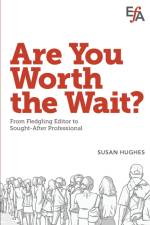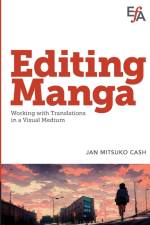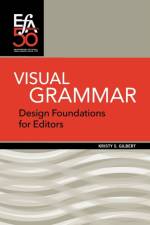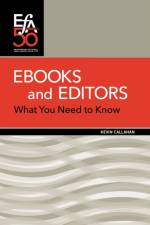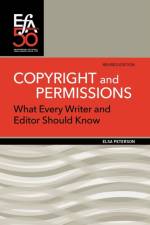av Jan Mitsuko Cash
285,-
Presenting the fundamentals of manga editing and how to work with translated text in the context of a visual medium, including steps within manga workflows, common manga standards, advice about seeking manga jobs, manga-specific concepts and terminology, style guidelines that differ from prose and Chicago style, and visual aspects of manga that need to be taken into account along with the textual elements. With 20 figures and two detailed translation tables, a huge amount of information is packed into this small booklet. Author Jan Mitsuko Cash is a member of the Editorial Freelancers Association and a translator of Japanese fiction who has helped bring over a hundred volumes of Japanese novels and manga into English and has assisted others with starting their careers in the localization industry. Manga are simply comics that originate from Japan. They are not limited by genre, target audience, or art style, though most manga are printed in black and white. While Western comics tend to be created by a team of people who each fulfill separate roles to write, draw, letter, and color a single comic, manga are usually credited to a single creator or a writer-artist duo who may employ a small team of uncredited assistant artists for help. Manga turnarounds are often very quick, but they are serialized a chapter at a time, similar to Western comics. The publication process also differs from Western releases: instead of publishing each chapter as a standalone booklet, single chapters of multiple manga series are bundled together into magazines targeted toward a demographic. Production is weekly or monthly for many of the larger magazines, and most manga are printed solely in black and white or with a limited number of color pages. Once enough chapters of a series have been published through serialization, they are collected and published as a print volume called a tankobon (often called tanko or tanks by English publishers). New editors will sometimes fall into the trap of only focusing on the text, but the true heart of manga is in the art! Keep the Japanese version of the manga open when looking at a script, and look out for missing translations, which are more common than you might expect. Everything an aspiring manga editor needs to know is presented concisely and with supporting images in Editing Manga: Working with Translations in a Visual Medium by Jan Mitsuko Cash.

